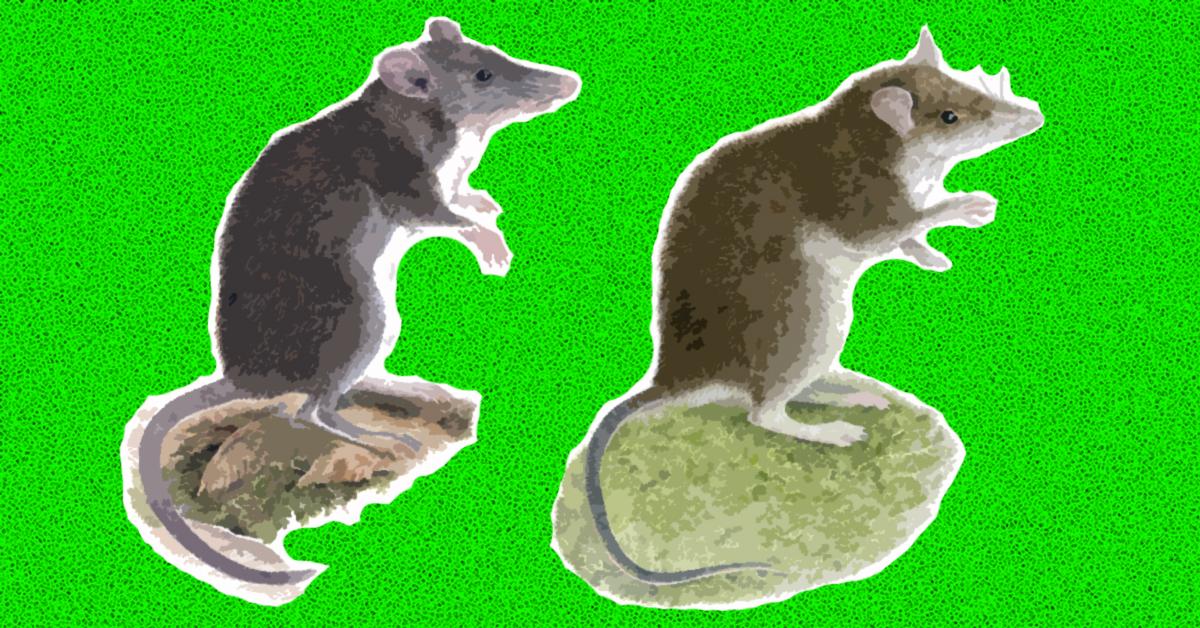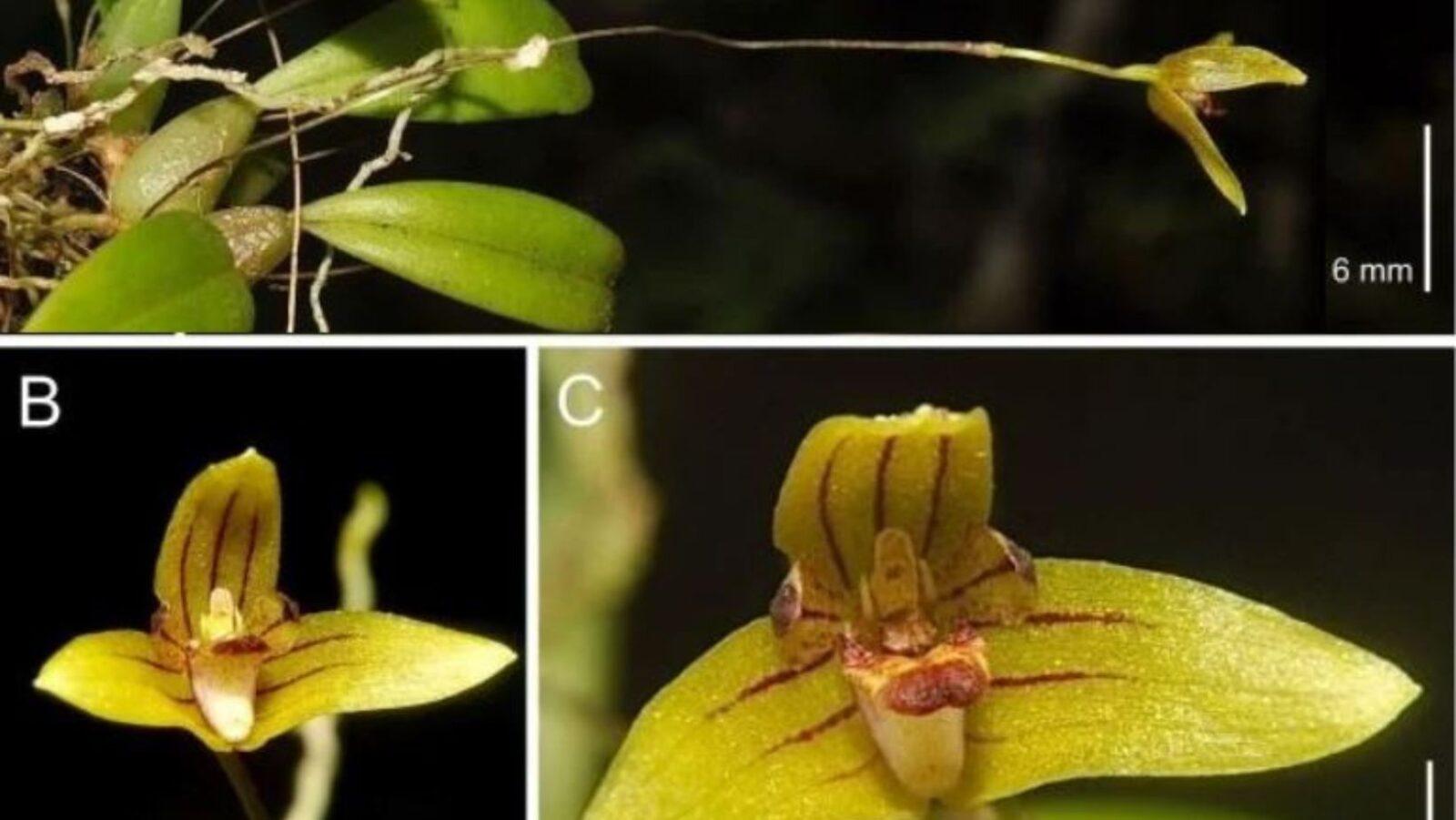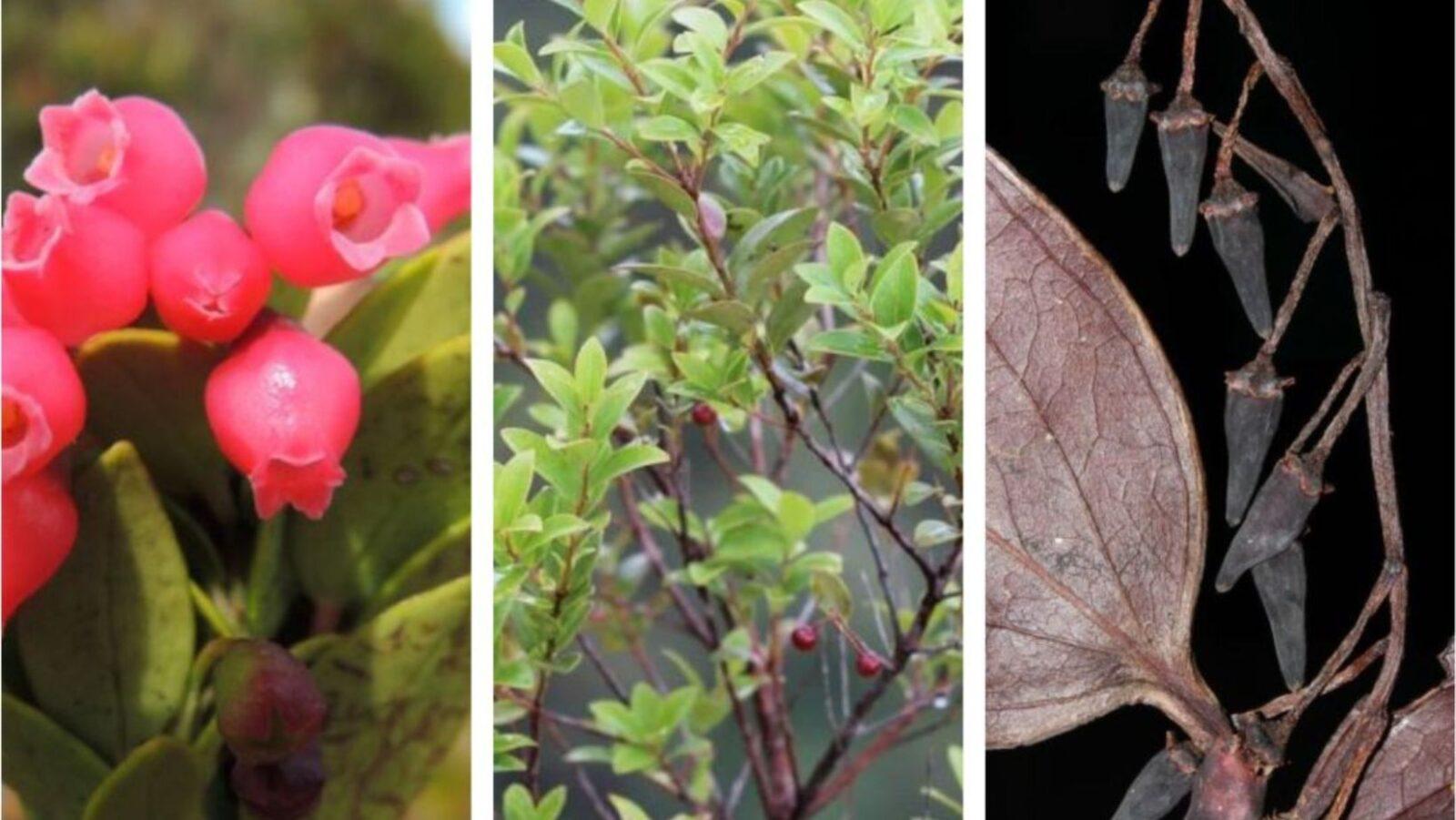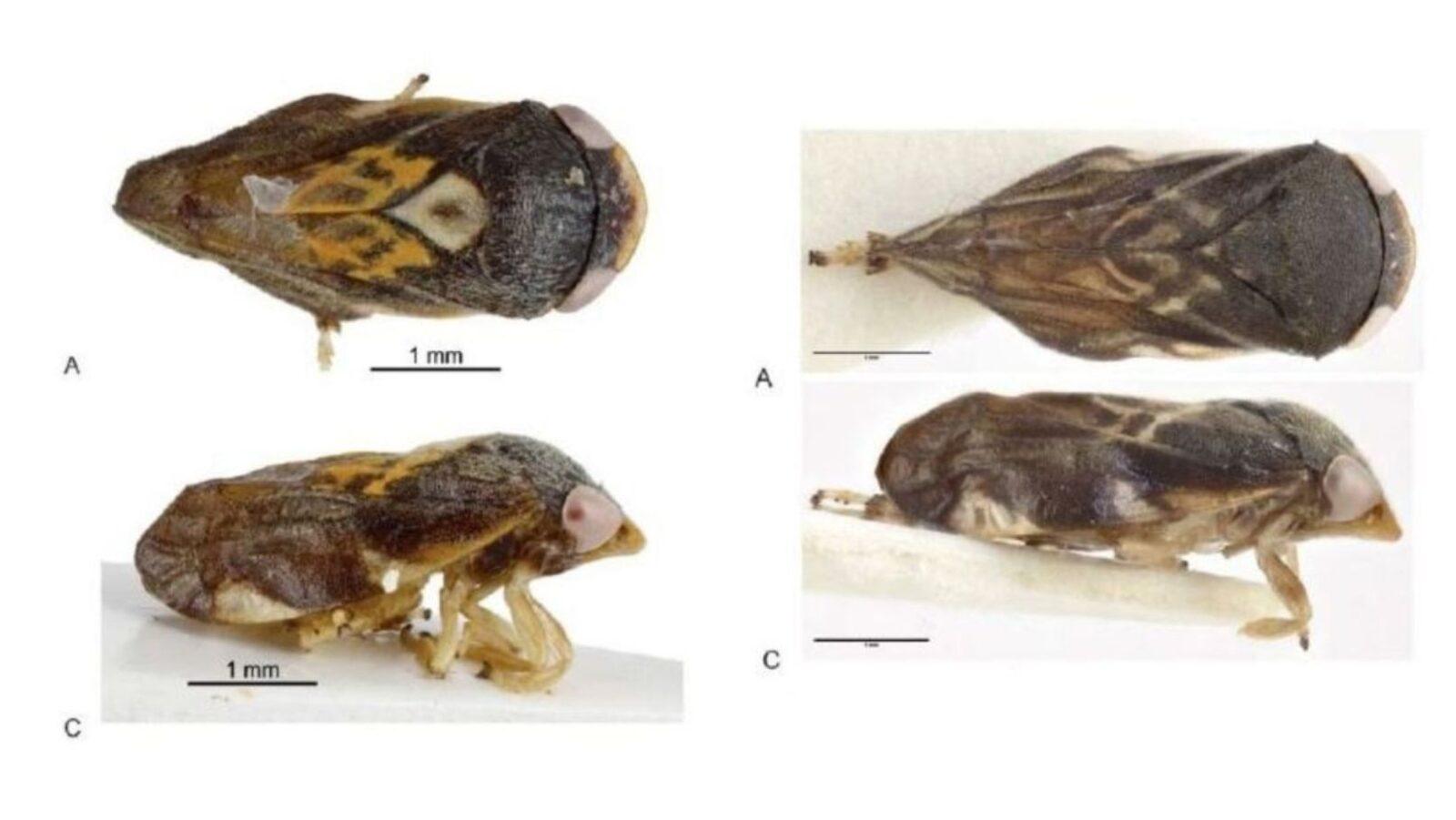•Scientists from the Philippines and the U.S.A. discovered two new rodent species in the mountains of Camarines Sur and Aurora.
•The new species, Rhynchomys labo and Rhynchomys mingan, belong to a group of mammals called tweezer-beaked hopping rats.
•The researchers hope that this discovery will emphasize the need to protect the Philippines’ biodiverse forests.
When we think about the food we use as bait in trapping small rodents, earthworms probably wouldn’t be on the list. After all, the little wrigglers would be more useful on a fishing trip, wouldn’t they?
Apparently, a group of rodents called tweezer-beaked hopping rats would rather eat fish food than touch your peanut butter sandwich. In fact, a team of Filipino and American researchers discovered two new species of the adorable annelid-eaters in the forests of Mount Labo and Mount Mingan in the Philippines.
Rat trap
“In the late 1980s, we were doing standard mammalogy surveys and using standard baits that most rodents really like,” shared study lead Eric Rickart from the Natural History Museum of Utah.
Eventually, the team (led by the late biologist Danilo “Danny” Balete, who passed away in 2017) realized that the rodents didn’t seem to like the usual (and normally irresistible) combination of peanut butter and fried coconut slices they used as bait. As a result, they decided to do a bit more digging, literally and figuratively.
Surprisingly, when earthworms became part of the menu, the little critters started coming–and with considerable gusto, to boot.
“Funny as it is, we liken their eating style to a hungry kid eating and playing with spaghetti,” quipped Prof. Phillip A. Alviola, curator for small mammals at the University of the Philippines Los Baños (UPLB) Museum of Natural History, in a feature on the museum’s website.
Thanks to their revised strategy, the team, who published their findings in the Journal of Mammalogy, discovered two new species: Rhynchomys labo and Rhynchomys mingan.

Rickart explained the origin of the newly identified species’ names. Rhynchomys combines the Greek words rhyncos (“snout”) and mys (“mouse”). Meanwhile, the species names were derived from the mountains where each species was found.
Like tiny kangaroos
Standing on hind legs and hopping around like miniaturized kangaroos, members of the two new species possess long snouts, worm-like tails, dense fur, and almost no chewing teeth.
“They’re very docile, very cute,” observed Field Museum curator and study co-author Larry Heaney, who likened them to plush toys. “They make little runways through the forest and patrol these little trails, day and night, looking for earthworms.”
Heaney shared that until the late 1990s, they were expecting more mammalian diversity in the lowland tropical rainforests. Finding the two new rodents, however, proved that the mountains of the Philippines — a country with more unique mammalian species per square mile than anywhere else on the planet — could actually be teeming with undiscovered warm-blooded life.
For one thing, the various elevated areas on mountains could reasonably lead to mammalian populations adapting differently. Additionally, after being isolated from one another for generations, entirely new species could emerge, varying from mountain to mountain.
“Just about every time we’ve gone to a new area of Luzon with mountains, we’ve discovered that there are unique species,” says Rickart.
Protect our biodiversity
Consequently, the new species also highlight the urgent need to protect the Philippines’ incredibly biodiverse areas.
Roughly 24% of the archipelago is forested, comprising about seven million hectares. About 11.6% (829,000 hectares) of it is listed as primary forests, which are the most biodiverse areas for wildlife.
The rapid rate of degradation of our forests presents a host of problems for the country, which has become particularly susceptible to natural disasters as a result.
Without sufficient vegetation to absorb all that rainwater, flooding and landslides become increasingly frequent, threatening known and undiscovered species alike.
Alviola, like the rest of the team, remains hopeful, though. “Every time we find a reason to say, ‘This place is unique,’ that tells people that it’s worthy of protection.”
Cover photo: Field Museum of Natural History
References
- http://dx.doi.org/10.1093/jmammal/gyz066
- https://mnh.uplb.edu.ph/14-content/news/387-two-new-mountain-dwelling-mice-in-ph-eat-worms-like-kids-slurping-spaghetti
- https://phys.org/news/2019-06-species-tweezer-beaked-rats-philippines.html
Author: Mikael Angelo Francisco
Bitten by the science writing bug, Mikael has years of writing and editorial experience under his belt. As the editor-in-chief of FlipScience, Mikael has sworn to help make science more fun and interesting for geeky readers and casual audiences alike.







